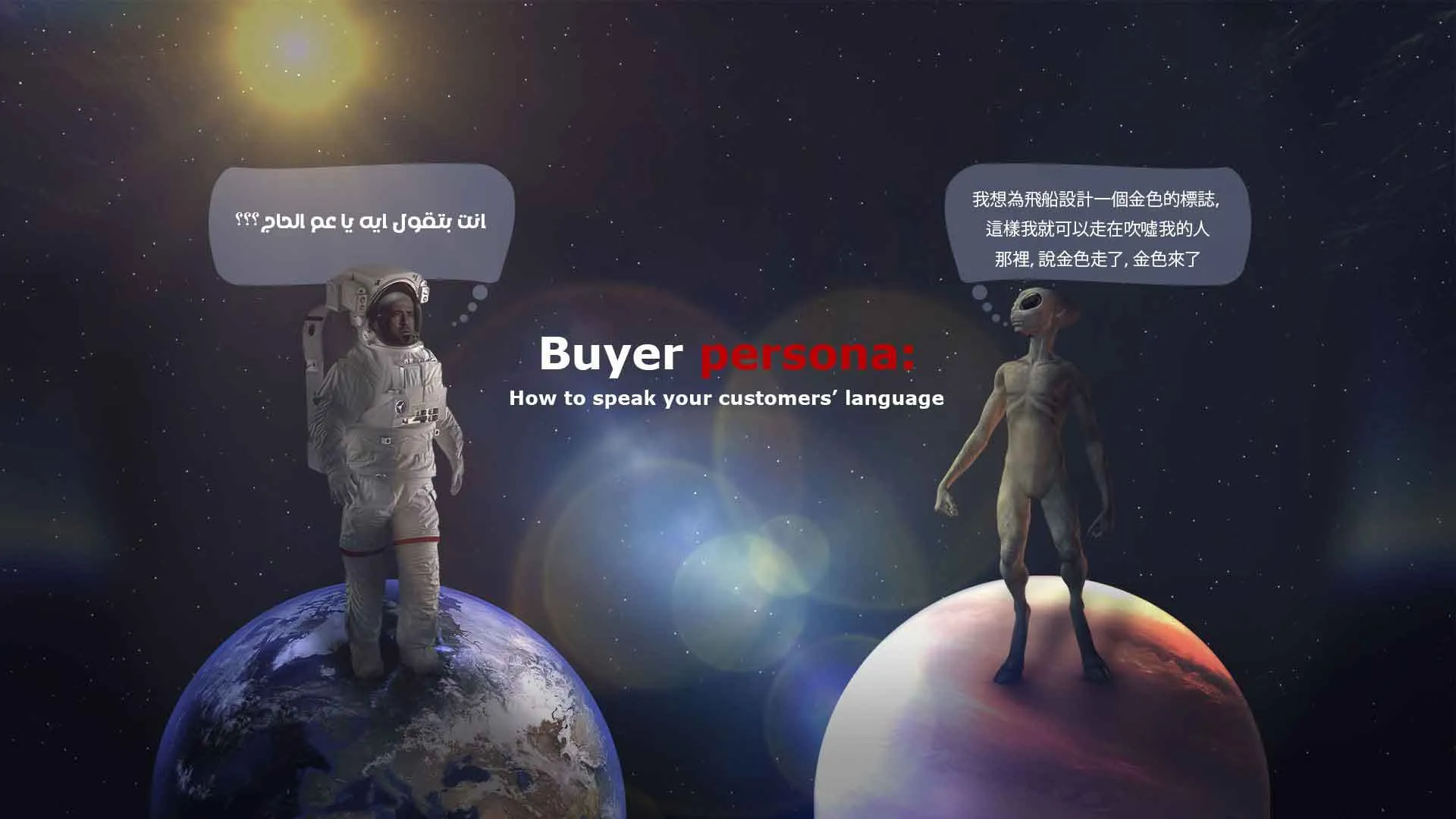Have you ever seen a campaign that appeals to you through your style, and stirs up a desire for the product in you?
It is much easier to persuade people of your idea if you are aware of their language and express yourself in a way they can understand and connect with. Because we all gravitate to things that we feel are related to us and meet our needs and desires.
And here comes the role of a buyer persona as one of the marketing strategy bases defining the particularities of your target customers. As well as being the style guide that helps you define your brand voice by knowing what your customers look like and how to speak your customers’ language, as targeting everyone is such a waste plan.
The reason for all of this is simple: people have many different needs, perspectives, pain points, and concerns by nature. So, if you want their attention, show that you care about their needs and want to help them.
Now since you grasp the theory, how about knowing the concept?
Introducing the difference between the target audience and buyer persona:
While target audience and buyer persona are the best ways to identify ideal customers, many believe they are very similar. But, there are many more differences between them than meets the eye.
Let’s dig a little deeper, And start with a simple question. What is the definition of each of them?
A buyer persona is a semi-fictional character that accurately represents your customer base. Yes, This persona is artificial, but it is based on facts and a lot of research of your existing and intended audience.
Didn’t get it yet? Let’s imagine together the person you target to buy your product or service, and let’s call him by any name, Khaled, for example.
Khaled has demographic details, interests, behavioral traits, perspectives, emotions, concerns, and purchasing aspects that you should know how to market and sell your product to satisfy him.
Basically, you need to evaluate this as if they were a real person. This allows you to craft marketing messages directed to the right audience and guarantee you achieve your business goals.
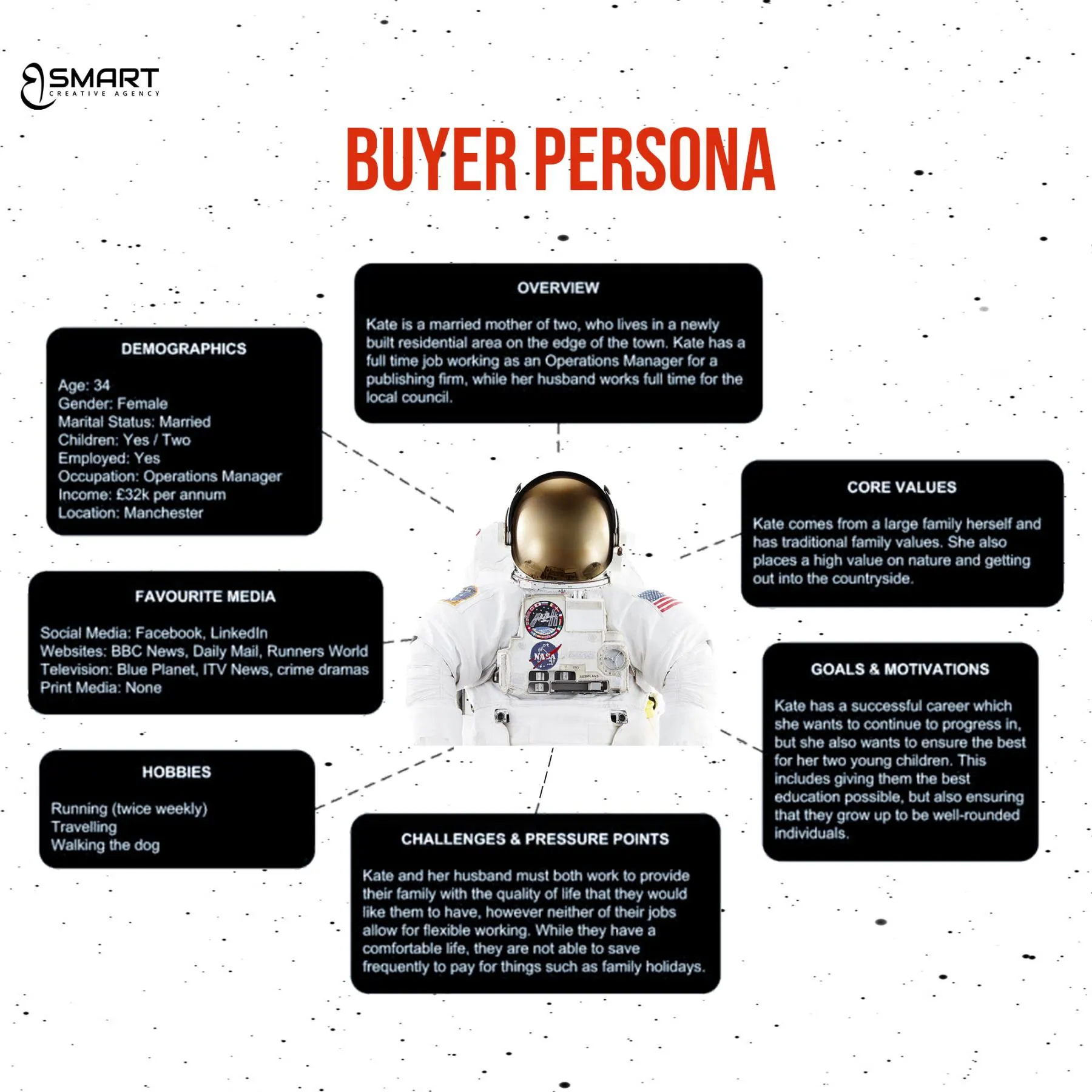
Although, for the target audience, it’s a little different as it addresses more general data, which is commonly used when selling to a broader audience.
The target audience focuses on the characteristics of the largest group to define your core customers.
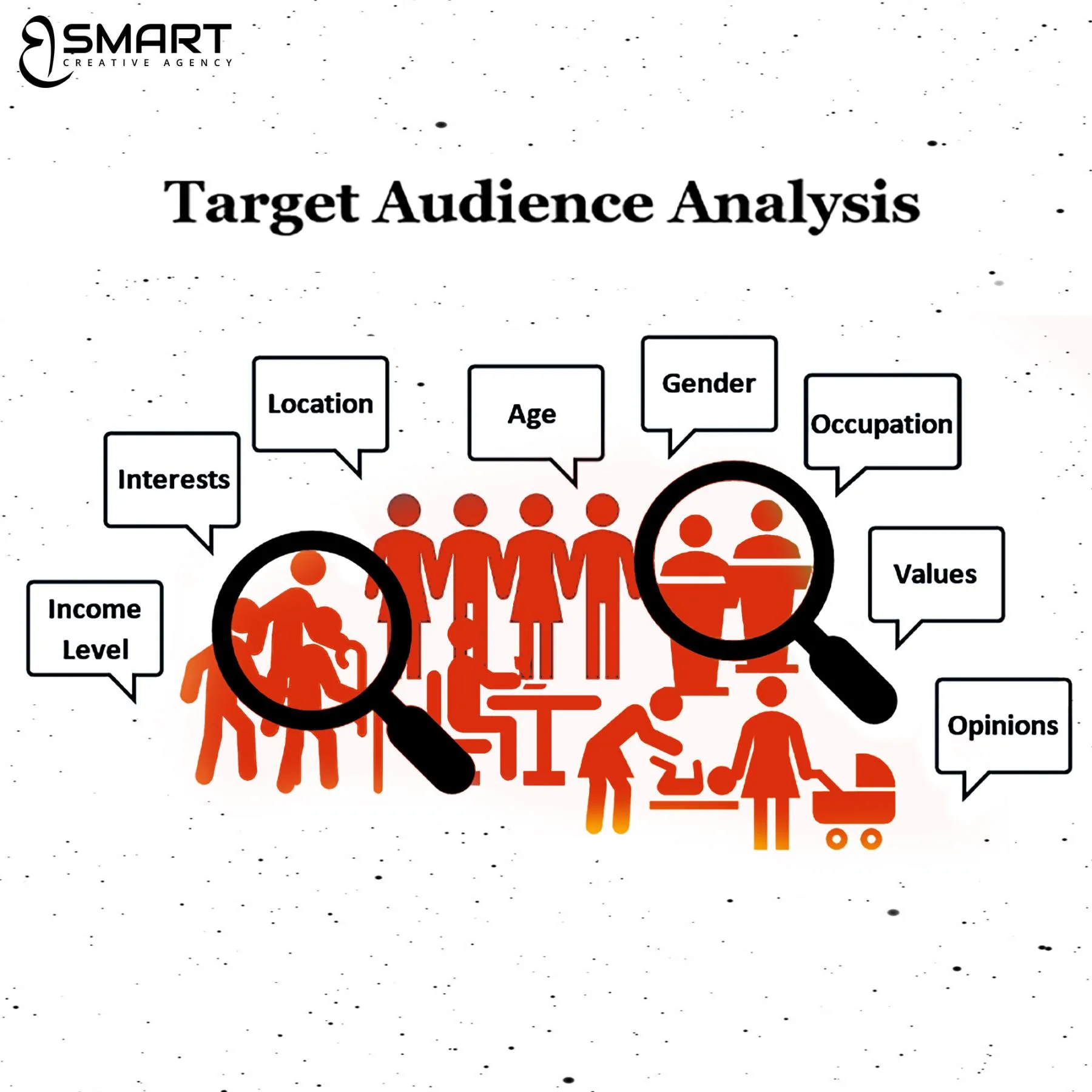
As a result, you can see that the buyer persona is more detailed than the target audience.
But, this difference between them doesn’t at all mean that they work in different directions or that you can rely on one without the other. Actually, they are complementary.
The point is that you should know where and when to use them and which ones will help your smart marketing strategy reach its objectives.
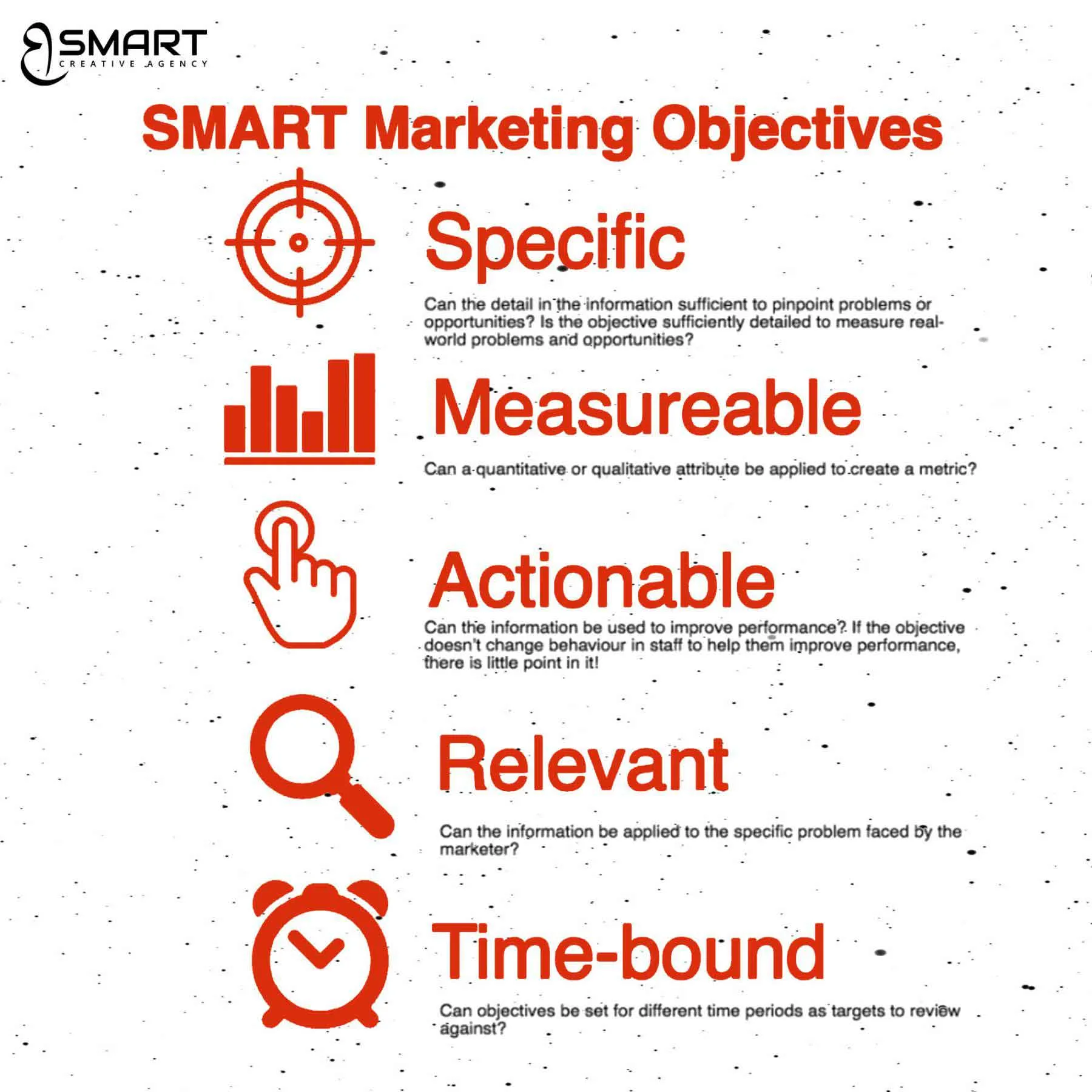
Does it really work?
Yes, it does. From a statistical standpoint, 90% of companies using personas have created a clearer understanding of their buyers. In addition, 36% of companies have achieved shorter sales cycles using personas.
But let’s move on to the real-world scenario where we can see the tangible fruits.
Buyer personas help companies in putting themselves in the shoes of their customers. This allows you to analyze common pain points as well as the emotions they trigger. After integrating these emotions into your branding, your company will look more human.
For example, Nescafe is one of the brands that know very well what words to say, to whom, and how to make it heard.
This appears strongly in most of their advertising campaigns. Even I can guess that your brain recalls some of them by now already.
On November 29th, 2017, Nescafe Egypt launched a campaign, “Coffee for Egyptian Students.” The campaign included the production of college anthems for three different faculties: Faculty of Medicine, Faculty of Commerce, and Faculty of Fine Arts. The campaign was promoting new Nescafe 3in1 packaging customized for almost every faculty in Egypt.
On May 15, 2018, Nescafé Egypt launched its second hit in the “Coffee for Egyptian Students” campaign, which addresses the miscommunication that happens between the two generations, as well as every family gathering discussion that arises when you choose a specialty that is different from what they’re used to know.
The copy gained 2.1M views and 78K engagements on Facebook.
And this is what makes us realize, following these examples, When you put customers at the heart of your brands, gaining loyal customers and a high sales rate is a sure thing.
Nescafe Egypt’s success was creating a smart buyer persona that helped them recognize their customers’ language. They market their product by making the consumer feel special and how much they can see what he needs, understand his problems, and provide the solutions through their products.
How does it work?
It’s like meeting the right person at the right time; we all know that we will not miss the chance and take a step forward right away when this happens. So, in this part, we will explain what your brand needs to know, how to be the right person, and when it’s the right time.
Stage 1: Conducting market research
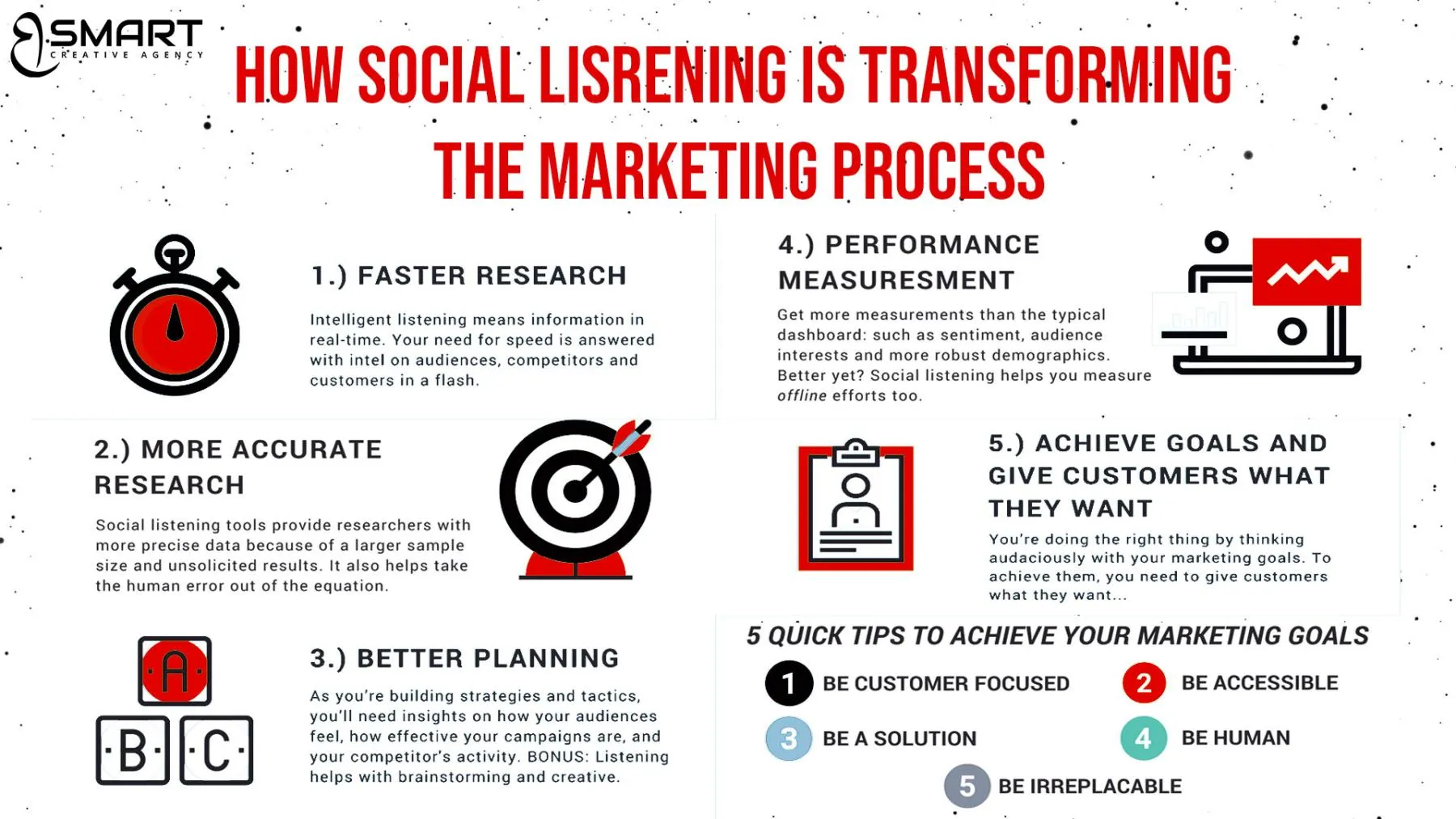
Stage 2: Segmentation of your customer
Once you’ve collected your data according to:
- Demographics
- Pain Points
- Fears
- Goals
- Interests
It’s time to start analyzing it to make it more rational and usable, and then you can find the prevalent patterns. And efficiently segment the audience based on their similarities into separate buyer personas.
It’s essential to bear in mind that you don’t have to cover everyone at this point. Relax segmentation is a practical approach for personalizing your message and matching it to the interests and needs of each customer segment.
Stage 3: Don’t miss the buyer’s journey
Although we are showcasing what a buyer persona is and why they are such a powerful method, it is crucial to keep in mind that the buyer persona should also appeal to where your audience is in the buyer’s journey.
The buyer’s journey, much like inbound marketing, indicates at which stage of the process your customer, and how close they are to completing a purchase, subscription, or investment.
There are three key stages in this process: awareness, consideration, and decision, and creating unique buyer personas that fall under each stage can assist you to steer them along to the next, finally taking them to the decision-making step.
Stage 4: Create your buyer persona
The final stage is to gather all of your findings together in one person and as a final episode, choose a nickname and add a photo since this will help you see your persona as a real person.
Conclusion
As you can see, a buyer persona is an essential aspect of your marketing strategy. If you build your own, you will learn more about your target customers and help you define your brand voice by knowing how to speak your customers’ language. The marketing team will be able to generate more relevant and quality content production.
You can contact us at BSMART creative agency, and we will perfect your buyer persona.
